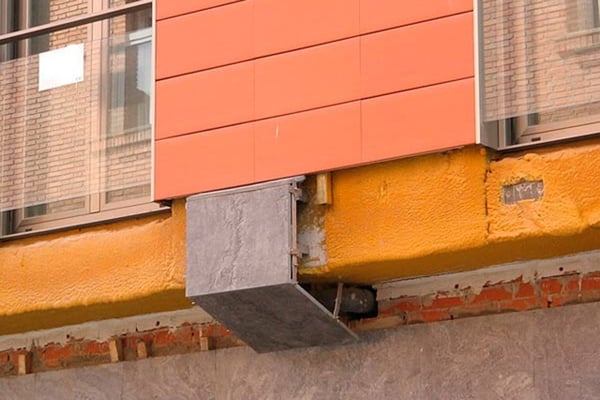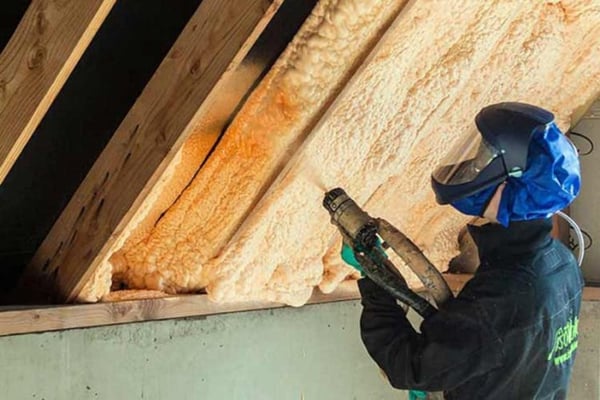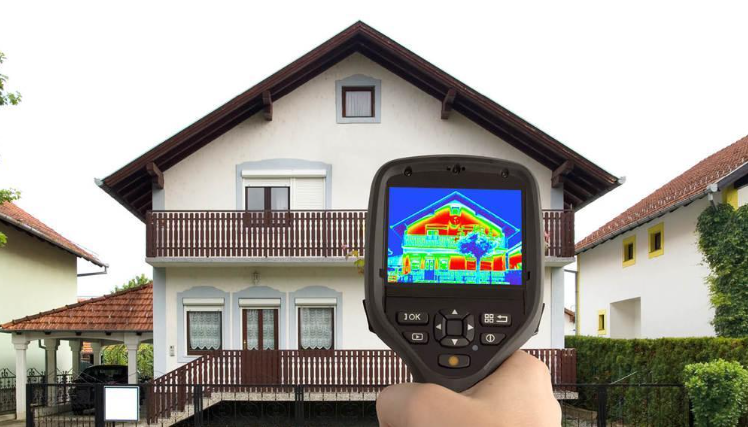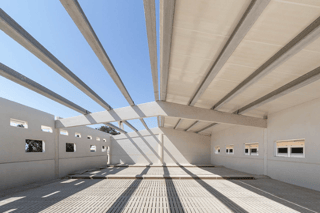The key basis for polyurethane systems´ practicality to the building sector, is their excellent performance as thermal insulation, providing energy efficiency and interior comfort to buildings.
All polyurethane systems are the result of the chemical reaction between a diisocyanate and a polyol. After such reaction, a safe and very versatile material is created which, depending on its combination with other substances, acquires properties such as resistance, flexibility, rigidity or insulation.
Synthesia Technology is a manufacturer and distributor of polyurethane systems that have multiple applications in the building and industry sectors. The most popular polyurethane applications used in construction are by projection (sprayed polyurethane) and by injection (injected polyurethane).
Thermal insulation and polyurethane systems
Polyurethane systems are among the best-performing insulation materials used in construction. This insulating property is due to its structure of small cells, together with the composition of the gas occluded inside these cells.
Their structure ensures a low thermal conductivity thanks to which the thermal insulation values required are reached with a minimum of thickness. Compared to other materials, the thermal insulation provided by polyurethane is 700% better than the one provided by bricks and 50% better than the one provided by glass wool.
The thermal conductivity and the thermal resistance offered by polyurethane vary depending on the thickness, but thanks to these thermal coefficients, this required thickness is much lower than in other insulating materials. This results in advantages regarding space and savings.
In all thermal insulation system, whether it is polyurethane or other material, a proper installation is key, so that the final result reaches the desired thermal performance. If the installation of the thermal insulation is not executed properly, problems such as air infiltrations, voids or dirt might appear, which would prevent the insulation assembly from offering a good performance.

Thermal conductivity of polyurethane systems
One of the properties that determines if a material has a good behaviour as thermal insulation is thermal conductivity.
Comparing the thermal conductivity of the main insulation materials, we observe that polyurethane systems offer better insulation thanks to their extremely low levels of conductivity.
| Material | Thermal conductivity |
| Brick | 0.49-0.87 Km/W |
| Concrete block | 0.35-0.79 Km/W |
| Expanded polystyrene | 0.031-0.050 Km/W |
| Extruded polystyrene | 0.029-0.033 Km/W |
| Polyurethane systems | 0.022-0.028 Km/W |
| Mineral Wool | 0.031-0.045 Km/W |
Thermal resistance of an insulation material
Depending on the conductivity value indicated on the system’s datasheet, and once we know the thickness applied, the thermal resistance of the thermal insulating material can be determined.
Polyurethane systems are one of the materials that can provide better thermal insulation with the minimum thickness. We have reached this conclusion after the multiple tests where the necessary thicknesses of different insulating materials are compared in order to obtain a certain degree of thermal insulation.
Although the differences in thermal conductivity levels between expanded polystyrene, extruded polystyrene, mineral wool and polyurethane systems (PUR) are of a few decimals (see table in previous section), they may represent a difference of 3-4 cm to obtain the same thermal performance.
All the aforementioned characteristics turn polyurethane systems into an excellent solution for the thermal insulation of both residential and commercial or industrial buildings.
Other applications of polyurethane systems
The performance of polyurethane systems as thermal insulation is not their only advantage. We have a wide variety of polyurethane systems for industrial and construction applications.











